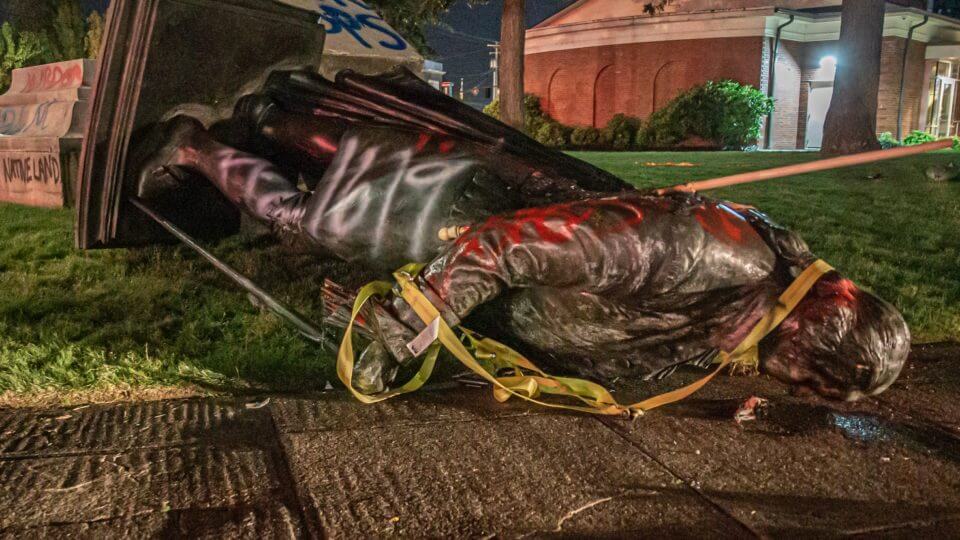
“However, as one watches the Founders find their way into the crosshairs of so many, perhaps the obvious needs to be restated.”
In a letter dated June 18th and addressed to New York City Mayor Bill de Blasio, the City Council of New York requested that the statue of Thomas Jefferson in the City Council Chambers be removed. The letter’s authors referred to Thomas Jefferson as “America’s most noted slave holder” and argued that keeping the statue on display “sends a terrible message to the people who are counting on us to work towards a more equitable New York City.”
This letter was sent on the same day that the City of Portland, Oregon awoke to find a statue of George Washington, which had stood in the city since 1926, torn from its pedestal, badly burned, and covered in graffiti. Along with the various profanities and slogans (including “Defund White Men”) spray-painted onto the bronze statue—and in the vicinity—was the number 1619, an apparent reference to The New York Times’ widely-discussed 1619 project, which debuted in August, 2019 and aimed to tell the story of American history through the lens of slavery. (The project’s progenitor, Nikole Hannah-Jones, received the 2020 Pulitzer Prize for Commentary for her work on the project.) And, as if anticipating New York City’s targeting of Jefferson, Portland had also witnessed the June 14th destruction of its own statue of Thomas Jefferson, which had sat outside of the city’s Jefferson High School.
And it became inevitable once widespread demands had begun to uproot from our national consciousness those historical figures that did not meet the moral purity thresholds demanded by our current activist class.
In the days immediately following the toppling of Portland’s statues of these two Founding Fathers, a number of commentators, from Thomas Chatterton Williams to Wesley Yang expressed their astonishment—not so much that the Founders would eventually have been targeted, but that it had happened seemingly so quickly. However, as these commentators—and many others—would recognize, upon reflection, is that pummeling the Founders was precisely the outcome that had become nearly inevitable. And it became inevitable once widespread demands had begun to uproot from our national consciousness those historical figures that did not meet the moral purity thresholds demanded by our current activist class. (1) All the while, clearly reveling in the unfolding of events, Hannah-Jones tweeted (in a now-deleted post) above a photograph of the badly damaged statue of Jefferson in Portland that “It would be honor” to have the events that gave rise to these statue topplings be known as “the 1619 riots.”
Perhaps most regretfully of all, the vandalism even reached the tomb of the unknown soldier of the American Revolution in Philadelphia’s Washington Square Park. Close to the engraved words “In Unmarked Graves Within This Square Lie Thousands of Unknown Soldiers of Washington’s Army Who Died of Wounds and Sickness During the Revolutionary War,” as well as a quotation from President Washington’s Farewell Address, demonstrators spray-painted in black “Committed Genocide.” (The National Park Service, which administers the site, later indicated that it would take weeks to remove the graffiti since the monument was constructed from a porous limestone that made it particularly susceptible to the corrosive effects of the solutions typically used to clean away graffiti.)
Today, in an era in which we seem to historicize virtues, while bringing vices into present focus, it is all the more important to recall why precisely these figures ought to be revered. While the Founders are rightfully praised for their prodigious intellectual gifts—as well as how they are representative of the very idea of moral progress, as one recent Washington Post column argued—perhaps, more than anything else, they ought to be celebrated for a quality that they share with Christopher Columbus, the subject of my essay last week. And that is their manifest bravery.
Examples of the Founders’ courage are numerous, and they have so seeped into the consciousness of most Americans that one might argue that this quality of theirs barely warrants even being mentioned at all for fear of delving into the repetitive. However, as one watches the Founders find their way into the crosshairs of so many, perhaps the obvious needs to be restated. We would be wise to recall when John Adams stared into the face of Admiral Lord Howe in September of 1776, refusing to backtrack on the American Declaration of Independence, and told him, “Your Lordship may consider me in what light you please…and indeed, I should be willing to consider myself, for a few moments, in any character which would be agreeable to your Lordship, except that of a British subject.” Adams might have guessed as much at the time, but, as he would learn years later for certain, had he backtracked and made peace with the British, it would not have mattered much for him anyway; he had already been marked to be hanged. And Adams’ story serves as merely one example of the enormous risk each and every signatory of that document brought upon himself then and throughout the war. Later, after the war had ended and the colonists had miraculously triumphed, there was, next, the courage, the sheer audacity really, on the part of the Founders to believe that they could sculpt from philosophy and history a Constitution and system of government all but from scratch. And that system of government they created would not only guide their fledgling country for centuries but would inspire founding documents and constitutions the world over.
However, one image perhaps above all others endures of the Founders’ sacrifice and courage. It is one that has become almost a cliché, fodder for children’s books of years past and, hopefully, years future. It is that of the winters spent in various encampments during the war. Although the winter of 1776-1777 would be relatively tame, the following year’s at Valley Forge would bear witness to the death of approximately 2,000 American soldiers, of the 12,000 who entered the encampment on December 19th, 1777. General Washington, acutely sensing the looming possibility that the war effort would end there among the hills 20 miles northwest of Philadelphia, wrote to New York Governor George Clinton describing the miserable conditions his men were subjected to. General Washington wrote of men going more than a week “without any kind of flesh” to eat; they were “naked and starving,” and disease was ravishing the encampment. Of the aforementioned 2,000 who died, few received their own graves. And even when walking through Valley Forge today, monuments marking communal graves are common, such as the one designated in 1901 by the Daughters of the American Revolution that reads: “Near This Spot Lies Lieutenant John Waterman/Died April 23, 1778. Whose Grave Alone/Of All His Comrades Was Marked.” Yet, as General Washington wrote in that same letter to Governor Clinton, “…we cannot enough admire the incomparable patience and fidelity of the soldiery, that they have not been ere this excited by their sufferings to a general mutiny and dispersion.”
It is images such as these that would inspire generations of Americans for years to come. It is no coincidence that a 27 year old lieutenant in the United States Navy by the name of John Kerry would invoke this image, that of the “winter soldier,” when asking the Senate Foreign Relations Committee, “How do you ask a man to be the last man to die in Vietnam?” The phrase “winter soldier,” which has well-entered American parlance, refers, of course, to a pamphlet published by Thomas Paine two days before Christmas in 1776. However, that pamphlet’s most rousing words might be its lesser quoted ones: “What we obtain too cheap, we esteem too lightly.” A fitting comment on both those winters—and the entire American experience during that war—to be sure.
Despite fawning letters to the editor and articles praising the “courage” of those, smartphone in hand, taking to the streets, toppling monuments, and creating a ruckus, it is worth recalling that it takes little courage to destroy for destruction’s sake. It takes even less courage to do so—such as happened in Portland—under the cover of darkness, with hordes of others, and from behind a mask or bandana. It takes even less courage to commit these acts in the name of a movement that is championed by nearly all major corporations, that has become the rallying cry of prestigious universities and the so-called newspapers of record. And the acts of vandalism are, furthermore, routinely committed in municipalities where mayors and district attorneys have made clear that they will not hold those responsible accountable. Unlike that young John Kerry objecting to the War in Vietnam, these activists of today do not aim to remedy the ills they argue exist in American society within the context of its history and the spirit of its founding; rather, they look to jettison them both entirely. And it is not only that they look to jettison them, but, in doing so, they endeavor to malign these men, seeking to reduce them only to their worst qualities.
And there is also something particularly awfully small about those who believe it nobly serves any cause to deface the graves of those who came before, particularly when these dead had fought for ideals as ambitious and profoundly good as those championed by the Declaration of Independence.
Although perhaps Thomas Jefferson—of all the Founders—might have been the one most amenable to the topplings, having written to James Madison in 1789 that “the earth belongs in usufruct to the living,” the living today would benefit from regularly being reminded of the courage of these men. A lack in civic courage, as history teaches us time and again, is among the chief causes of the debasement of a society. This lack of courage has been vividly on display as mayors of cities such Portland, Philadelphia, and San Francisco stand aside and watch mobs tear apart symbols of American history. The demonstrators deny that these men are anything worth celebrating. As if perhaps anticipating a moment such as this one, George Will had written, “And there is something awfully small about someone who cannot admit that anyone else was exceptionally large.” And there is also something particularly awfully small about those who believe it nobly serves any cause to deface the graves of those who came before, particularly when these dead had fought for ideals as ambitious and profoundly good as those championed by the Declaration of Independence. As the winter of 1777 thawed, Abigail Adams, in March, wrote in a letter to her husband, from whom she had received no word in months, “Posterity who are to reap the blessings will scarcely be able to conceive the hardships and sufferings of their ancestors.” Unable to conceive of them, indeed.
Erich J. Prince is the editor of Merion West.
Endnotes
- This was precisely the future reality that I implored us to avoid in a 2017 Hartford Courant column opposing Yale University’s efforts to rename Calhoun College, one of the university’s residential colleges. Although so-called slippery slope arguments might be maligned by wannabe logicians, history tells us that, in practice, their forecasts often come to pass. As such, it was clear to see that it was a short walk, in the reasoning championed by these activists, from John C. Calhoun to George Washington.

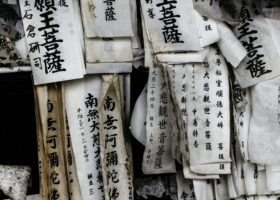
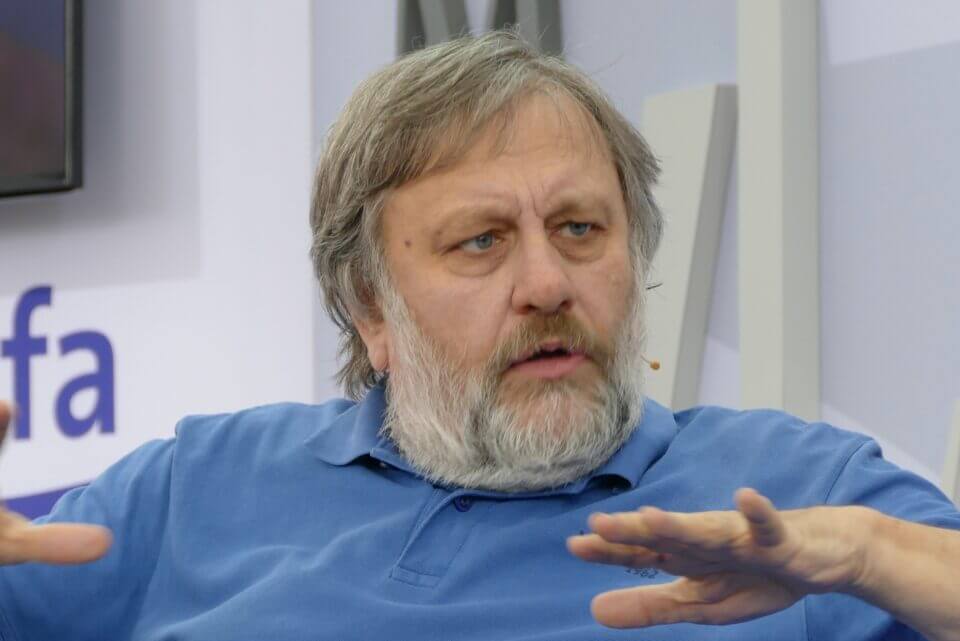

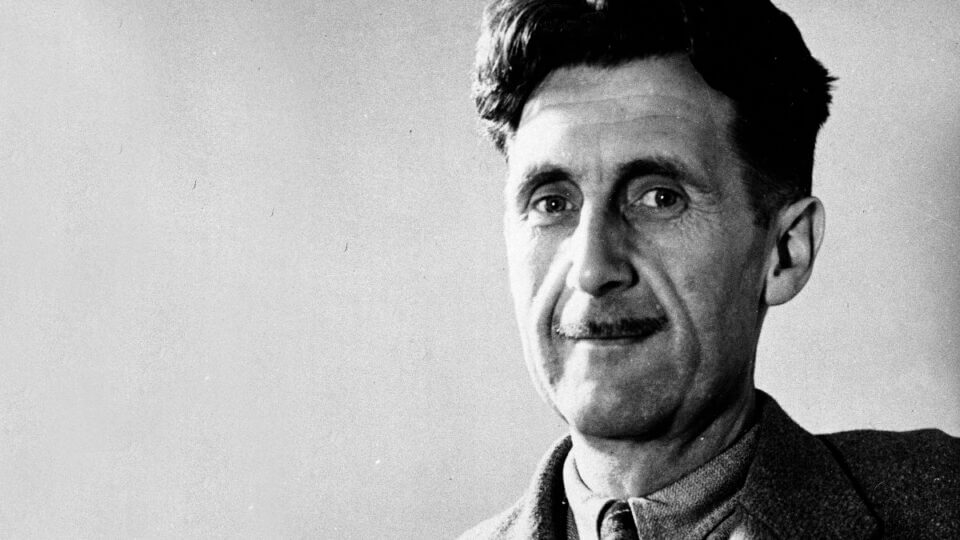
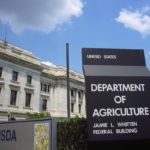






Since at least the French Revolution it appears most totalitarian movements have one thing in common: the denial of a unity with history. Good article.
Six months ago if you were to argue that eventually the SJW’s would be targeting and smashing the statues of the founders most liberals would have laughed you off and told you that you were a conservative propogandist/alarmist. Now Most of the left is all too happy to watch the symbols of the nations founders crash down and relish in conservatives alarm. Its the Law of Merited Impossibility practiced across the whole country.
where are the thousands and millions of reminders in our country about how brave and resilient and hard-working were the enslaved people in our country upon whose backs a great wealth was created and sustained? where are those hundreds od thousands of statues?
Monuments to oppressed or suffering people are all over the place Joseph. Just a few examples:
https://en.wikipedia.org/wiki/Colored_Soldiers_Monument_in_Frankfort
https://www.irishmemorial.org/about/
https://en.wikipedia.org/wiki/Victory_Monument_(Chicago)
https://www.koreanwarvetsmemorial.org/the-memorial/